What is the tolerance range of precision screws?
What is the tolerance range of precision screws?
Service Hotline
+86760-8787 8587We have more than ten years of experience in the screw industry, the main products are: plum blossom retaining ring, all metal nuts, hand-knocked punch rivets, DIN939 screws, internal serrated stop washers, square spot welding nuts, PC board rivets, pin shaft manufacturers, Class A American Standard USS wide type, full tooth hexagon bolts, DIN25201 washers, galvanized hexagon nuts, sealed waterproof nuts, 304 bolts, top implosion gecko screws and other fasteners, due to different product materials and specifications, the price It is also different, please contact us if necessary.


rivet assembly device is provided with a base, the middle of the base is provided with a vertical groove, the bottom wall of the vertical groove extends forward and a horizontal convex block is suspended; the top surface of the convex block is fixed with a vertical rivet Needle and a guide column, the column body of the guide column is covered with a return spring; a downwardly open sliding block is mounted on the convex block, and the upper ends of the rivet needle and the guide column respectively protrude into the sliding block on the top wall of the sliding block. In the riveting pin hole and the guide hole, the inner wall of the riveting pin hole is provided with a large upper and a lower small horizontal step; the upper part of the bottom wall of the vertical groove is provided with a guiding limit rib. Guangdong Yueluo Hardware Industrial Co., Ltd. sets the rivet needle under the workpiece, and uses the upper die punch to press down the workpiece, and the rivet needle completes the operation of the rivet, omitting the operator to turn over and carry the rivet terminal board, thus effectively avoiding the rivet from The phenomenon that the rivet hole comes out. In addition, during operation, the workpiece is placed on the top surface of the slider, and the workpiece guide limit ribs and guide columns are used as shafts and radial limiters respectively. The riveting quality is good, and the purpose of saving time and labor and high efficiency is achieved.
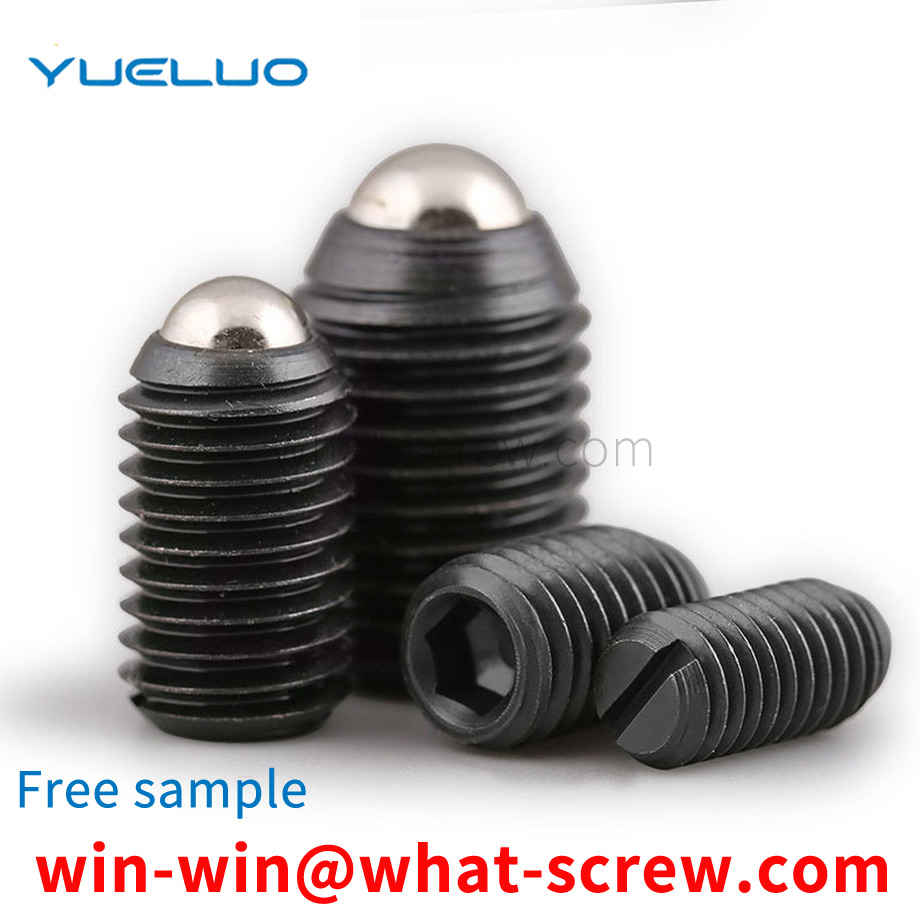
Stainless steel rivet nuts are used on rail passenger cars, highway passenger cars, and ship parking. The main function is the non-structural bearing bolt connection. The main advantage of stainless steel rivet nuts is that there is no operating space on the back of the substrate, and the quality is extremely light. Today, the editor will talk about the selection principles of stainless steel rivet nuts and their uses: 1. The mechanical properties of stainless steel rivet nut materials, especially the strength requirements; Corrosion resistance requirements of materials;
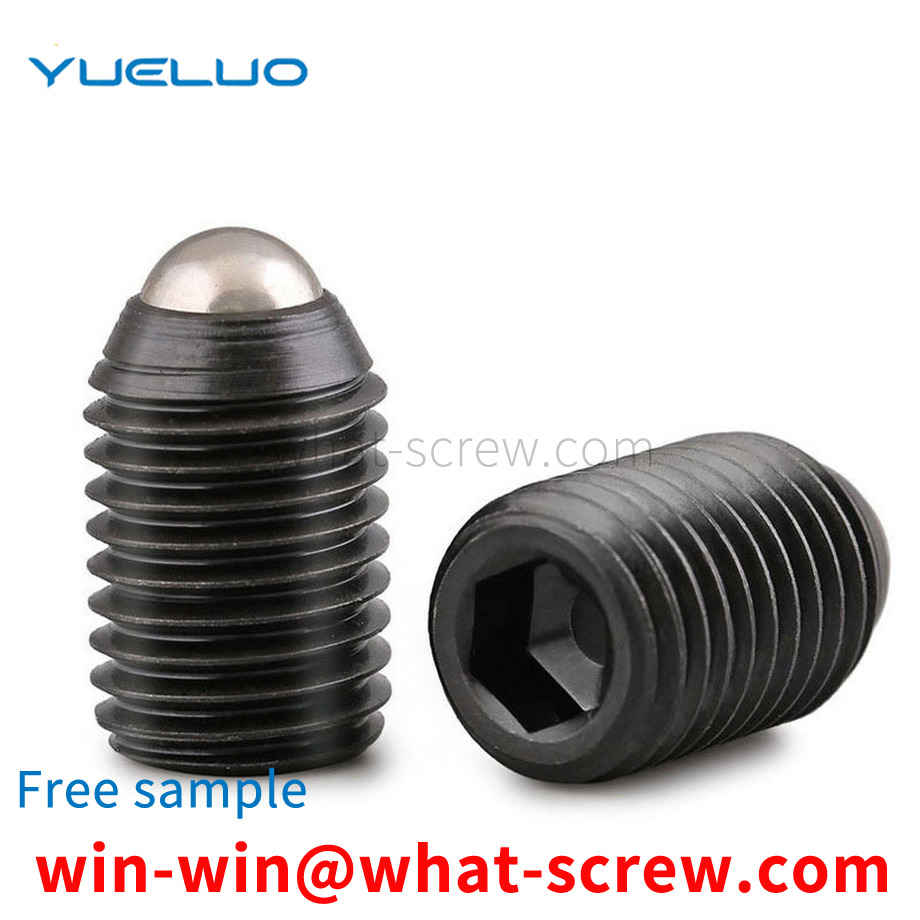
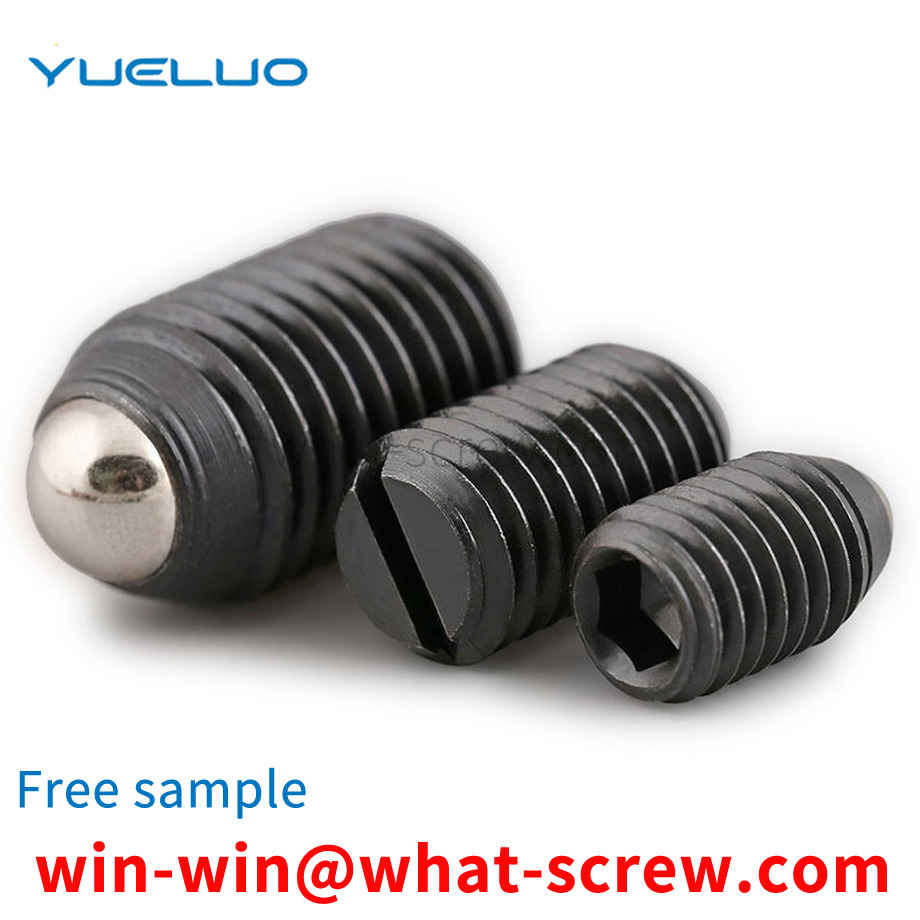
Lock nut is a kind of nut widely used in machinery and other industries. Its working principle is self-locking by the friction between the nut and the bolt. However, the reliability of this self-locking is reduced under dynamic loads. In some important occasions, we will take some anti-loosening measures to ensure the reliability of the nut locking.
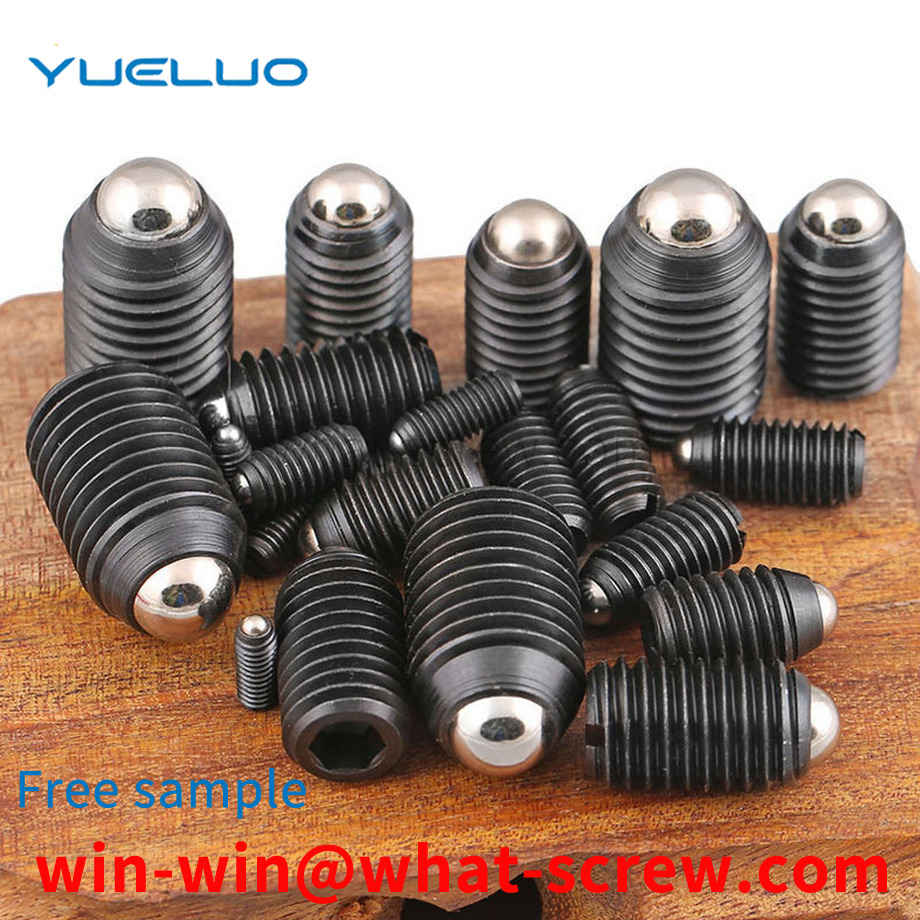
(1) The screw-in performance test is to screw the self-tapping locking screw sample into the test plate until one complete thread completely passes the test without breaking. (2) The destructive torque test is to clamp the stem of the self-tapping locking screw specimen in a thread mold or other device that matches the screw thread, and uses a calibrated torque-measuring device to measure the screw. Torque is applied until fracture, which should not occur in the clamped threaded portion. (3) Carry out a tensile test on the screw sample to check the minimum tensile load for failure. The fracture should be within the length of the rod or the unthreaded thread, and should not occur at the junction of the nail head and the rod. Before the sample breaks, it should be It can reach the minimum tensile load specified by the corresponding performance class. (4) Hydrogen embrittlement is a problem that must be strictly paid attention to in the surface treatment process of self-tapping locking screws. In the pickling process, the screw is stirred in dilute hydrochloric acid, and the amount of hydrogen absorbed by the pickling steel increases linearly with the square root of time and reaches the saturation value. Less than 100%, a large number of hydrogen atoms will be produced, which will be attached to the surface of the screw, resulting in hydrogen infiltration, and the steel will become brittle due to the absorption of hydrogen. The self-tapping locking screw takes 6~8h to drive hydrogen, and the temperature is 160~200℃ (phosphating) and 200~240℃ (electroplating). However, in the production process, the hydrogen drive time should be determined according to many production conditions such as core hardness, surface roughness, electroplating time, coating thickness, pickling time, and acid concentration. It is best to do it before passivation and just after electroplating.
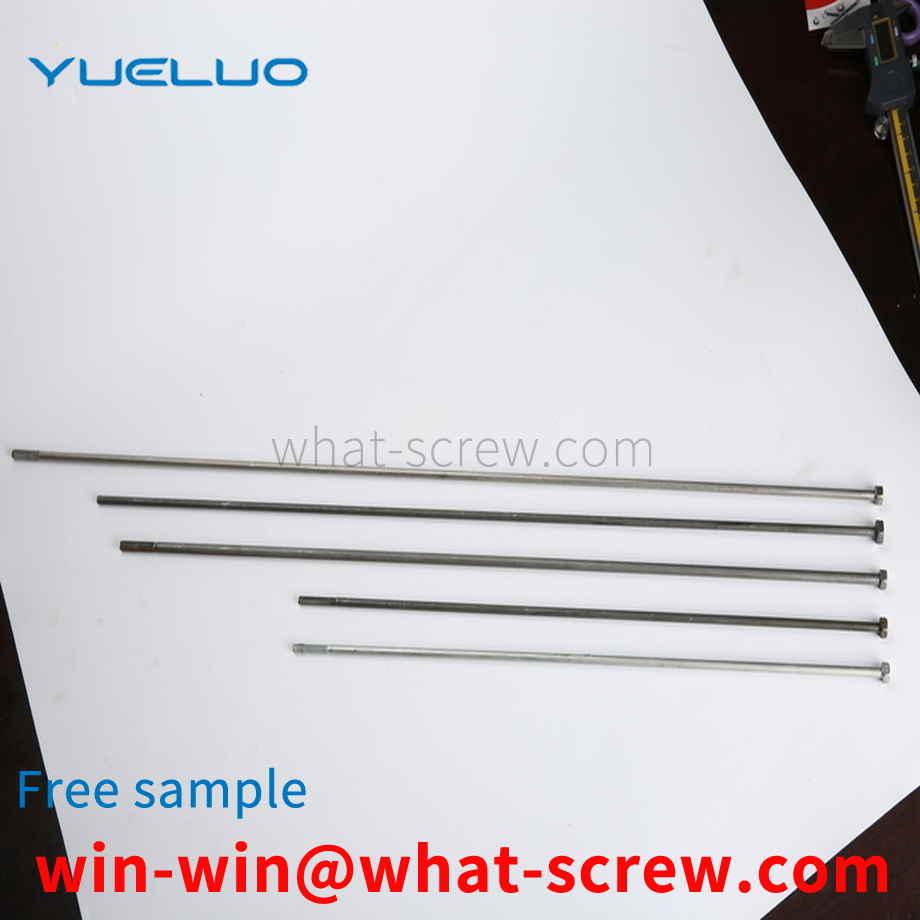
The above content is uploaded by Yueluo or the Internet. If there is any copyright issue, please contact [email protected].

What is the tolerance range of precision screws?

How to choose the right stainless steel screw manufacturer?

Why is there an R angle under the head of the hexagon head s...
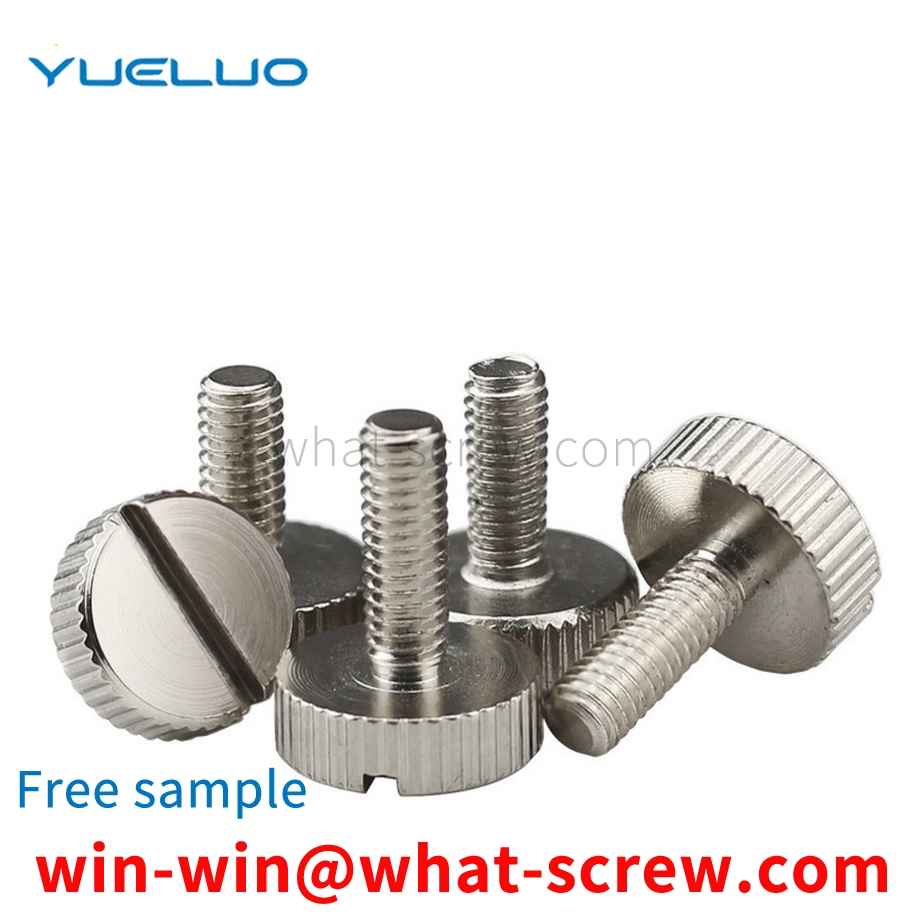
We have more than ten years of production experience in the ...

We have more than ten years of production experience in the ...
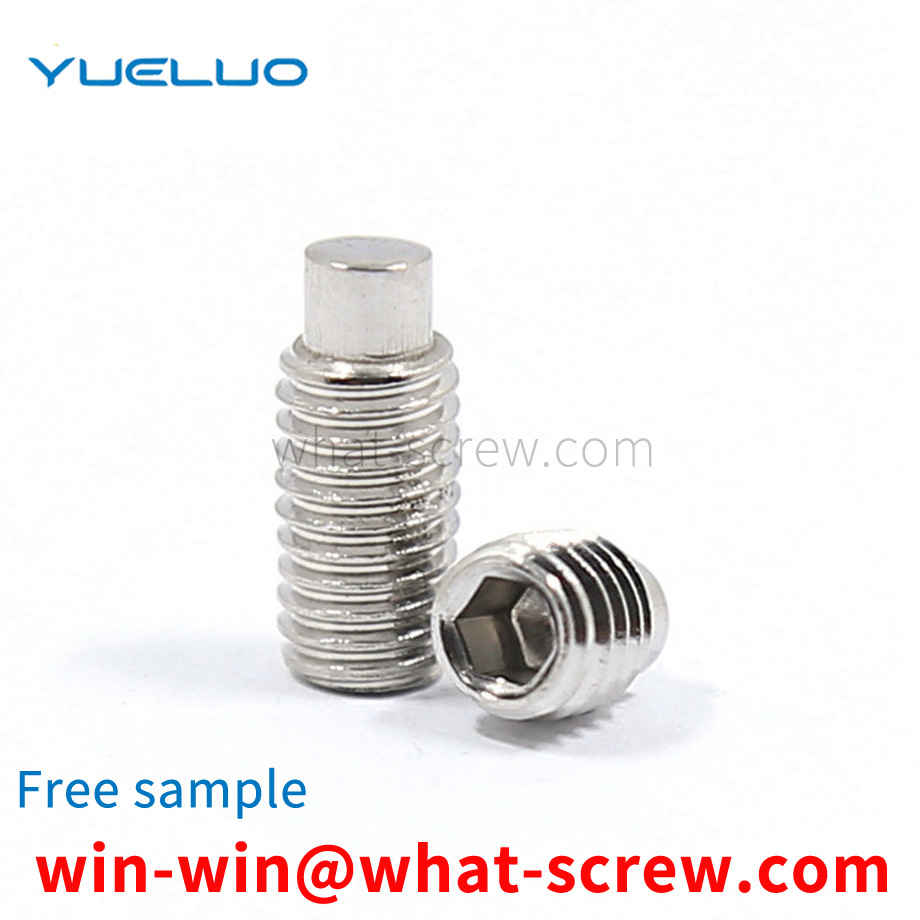
We have more than ten years of production experience in the ...
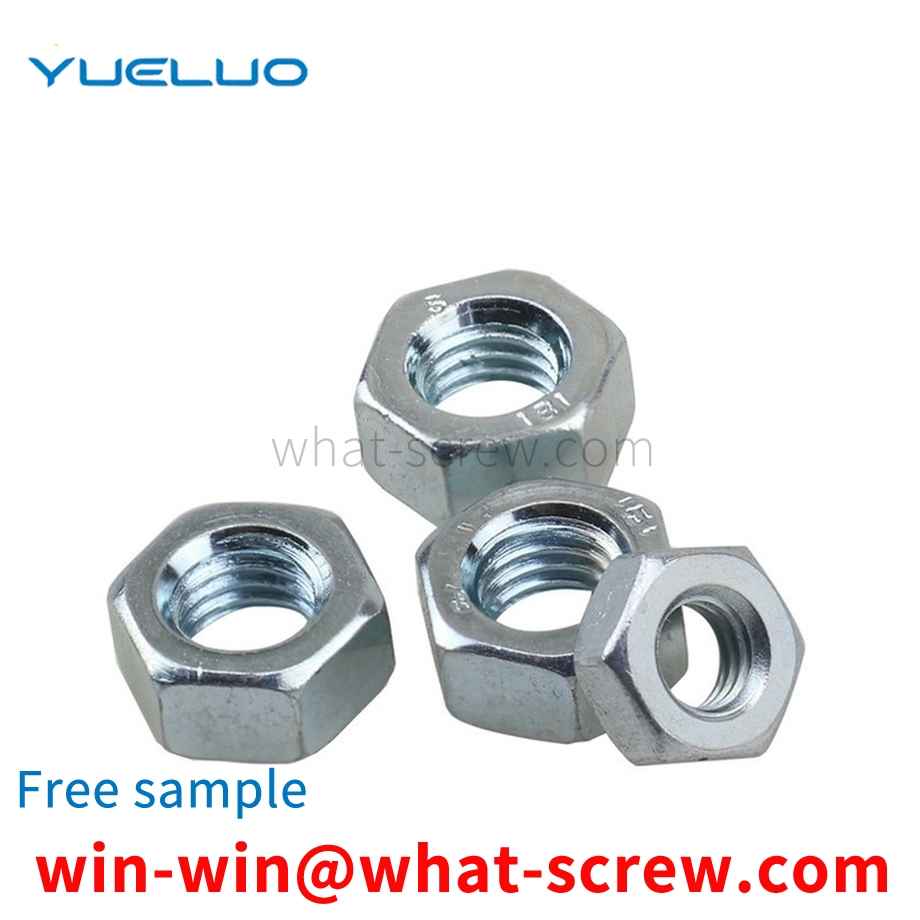
We have more than ten years of production experience in the ...